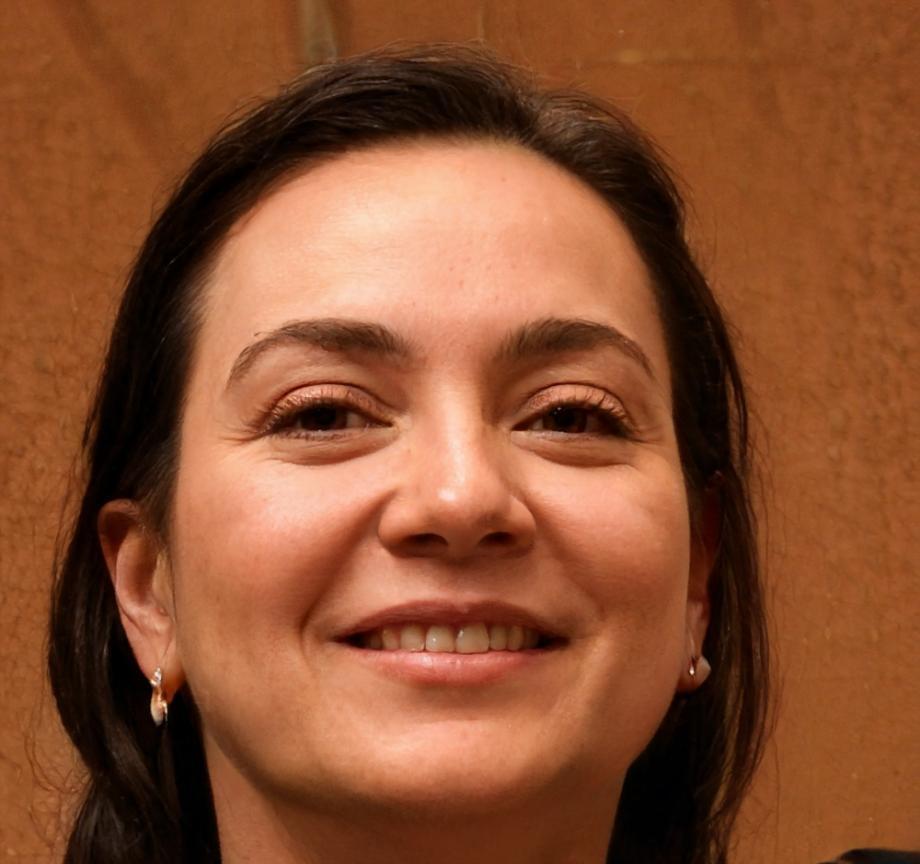Financial Stability Analysis: What to Expect
Building genuine financial stability isn't about quick wins or overnight transformations. Our approach focuses on practical analysis skills that develop over months, not days.
Before diving in, it's worth understanding the realistic timeline and commitment involved. Most participants find meaningful progress after 8-12 months of consistent application.

Realistic Development Timeline
Understanding what happens when can help set appropriate expectations for your progress
Initial Foundation Building
The first few months focus on core concepts and basic analytical frameworks. You'll learn to read financial statements properly and understand key stability indicators.
This phase feels overwhelming for many people. That's completely normal. We're essentially rewiring how you think about financial data.
Practical Application Period
Here's where things start clicking. You'll analyze real case studies and begin recognizing patterns that weren't obvious before. Many participants describe this as their "breakthrough phase."
Expect to make mistakes during this period. Each error teaches something valuable about risk assessment and stability evaluation.
Independent Analysis Capability
By month nine, most participants can conduct comprehensive stability analyses independently. You'll have developed your own systematic approach and gained confidence in your assessments.
This is when the real value becomes apparent - you can evaluate opportunities and risks with genuine competence.

What Influences Your Success
After working with hundreds of participants, we've identified the factors that consistently predict better outcomes. None of this is about natural talent - it's about approach and consistency.
Regular Practice Schedule
Participants who dedicate 3-4 hours weekly see better results than those cramming longer sessions irregularly. Consistency beats intensity.
Question Everything Mindset
The best analysts develop healthy skepticism. They question assumptions, verify data sources, and aren't satisfied with surface-level explanations.
Real-World Application
Those who analyze their own finances or local businesses alongside course material develop deeper understanding than theory-only learners.
Patience with Complexity
Financial stability analysis involves multiple variables and nuanced relationships. Success requires comfort with ambiguity and gradual understanding.